
Pruning is an essential gardening practice that helps maintain the health, shape, and productivity of plants. Among the various pruning techniques, deadheading and pinching are popular methods used to encourage growth and flowering. Understanding these techniques can significantly enhance your gardening skills and ensure your plants thrive.
What is Deadheading?
Deadheading is the process of removing spent flowers from plants. This technique prevents the plant from going to seed, which can redirect its energy towards producing more blooms instead of seeds. By regularly deadheading, gardeners can prolong the flowering season of many plants, ensuring a vibrant and colorful garden throughout the growing months.
How to Properly Deadhead Plants
To deadhead a plant effectively, use a pair of sharp, clean scissors or pruning shears. Identify the spent flower and cut just above the first set of healthy leaves or buds. This encourages the plant to focus its energy on new growth and additional blooms. It’s essential to regularly monitor your garden and deadhead as needed, particularly during peak blooming seasons.
Benefits of Deadheading
Deadheading offers several benefits, including prolonged blooming periods, improved plant appearance, and reduced risk of disease. By removing dead flowers, you help prevent the spread of diseases that can thrive on decaying plant material. Additionally, deadheading can improve air circulation around the plant, reducing the likelihood of fungal infections.
What is Pinching?
Pinching is another crucial pruning technique used to promote bushier growth in plants. This method involves removing the growing tip of a plant, which encourages the plant to produce more lateral branches. As a result, the plant becomes fuller and can bear more flowers or fruit, depending on the plant type.
How to Pinch Plants Correctly
To pinch a plant, use your fingers or a pair of clean scissors to remove the tip of a stem just above a set of leaves or nodes. This action stops the vertical growth of the main stem and encourages the growth of side branches. Pinching is particularly beneficial for herbs, flowering annuals, and some perennials, as it promotes a denser and more productive plant structure.
Benefits of Pinching
Pinching can significantly enhance the overall appearance and productivity of your plants. By promoting bushier growth, you can increase the plant’s ability to produce flowers or fruit. Additionally, pinching can help maintain the desired shape and size of plants, making it easier to manage your garden space effectively.
When to Use Deadheading and Pinching
Both deadheading and pinching should be used as needed throughout the growing season. Deadheading is often employed during the peak blooming period of flowering plants, while pinching is typically done in the early stages of growth to shape the plant and encourage branching. Observing your plants and understanding their growth patterns will help you determine the best times to apply these techniques.
Conclusion
Understanding and applying the techniques of deadheading and pinching can transform your garden into a vibrant and flourishing space. By regularly pruning your plants, you can ensure they remain healthy, aesthetically pleasing, and productive. With practice and observation, these techniques can become an integral part of your gardening routine, leading to beautiful and thriving plants year after year.
Pruning is an essential gardening practice that helps maintain the health, shape, and productivity of plants. Deadheading is the process of removing spent flowers from plants to prolong the flowering season. Pinching involves removing the growing tip of a plant to promote bushier growth. Both deadheading and pinching should be used as needed throughout the growing season. Understanding these techniques can significantly enhance your gardening skills and ensure your plants thrive. 
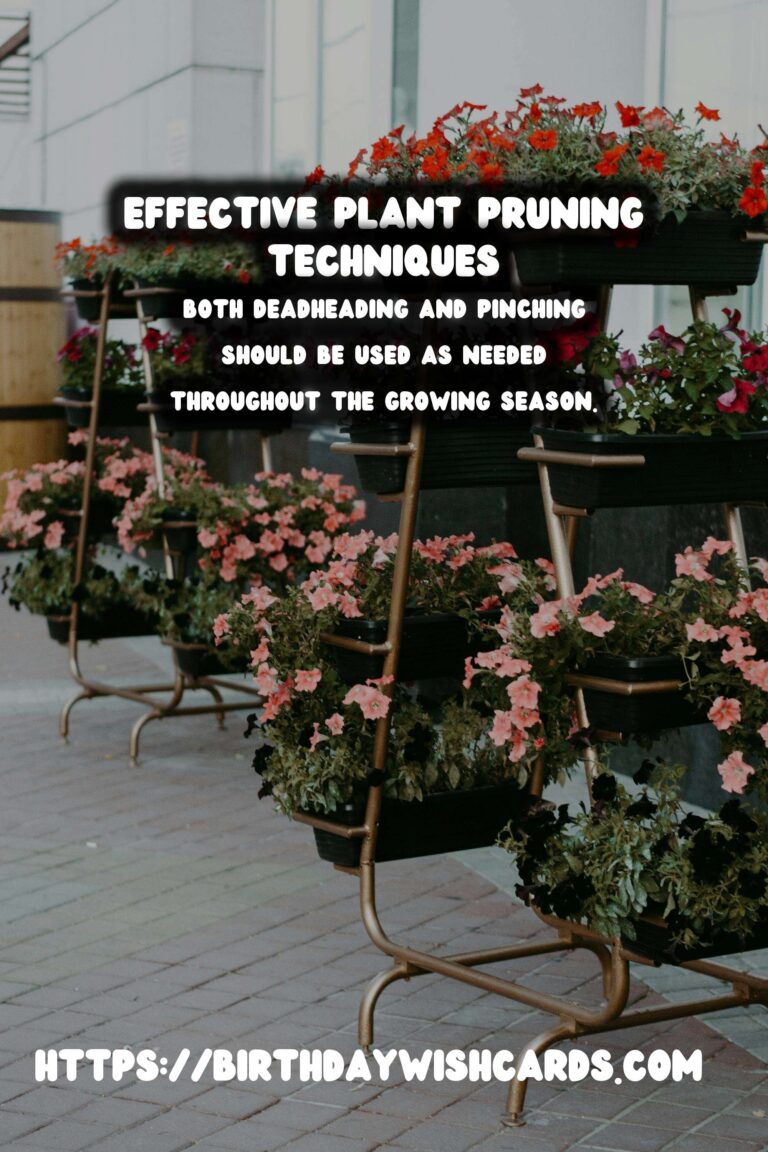
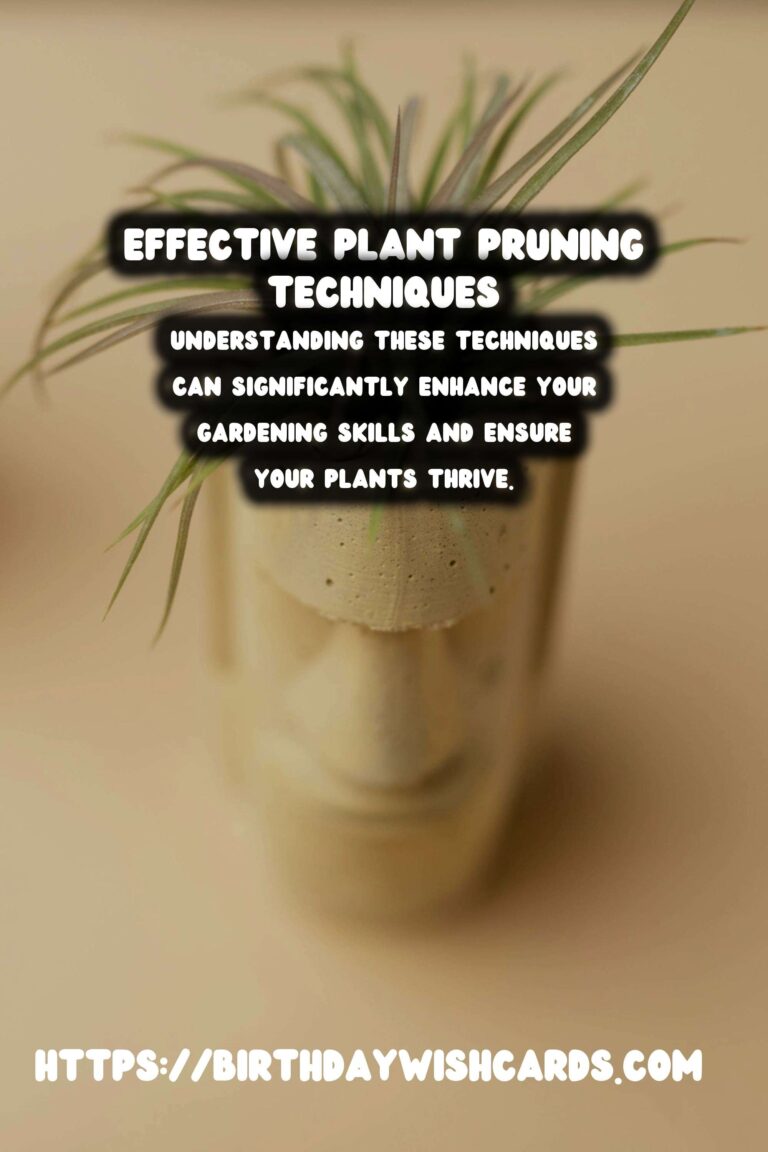
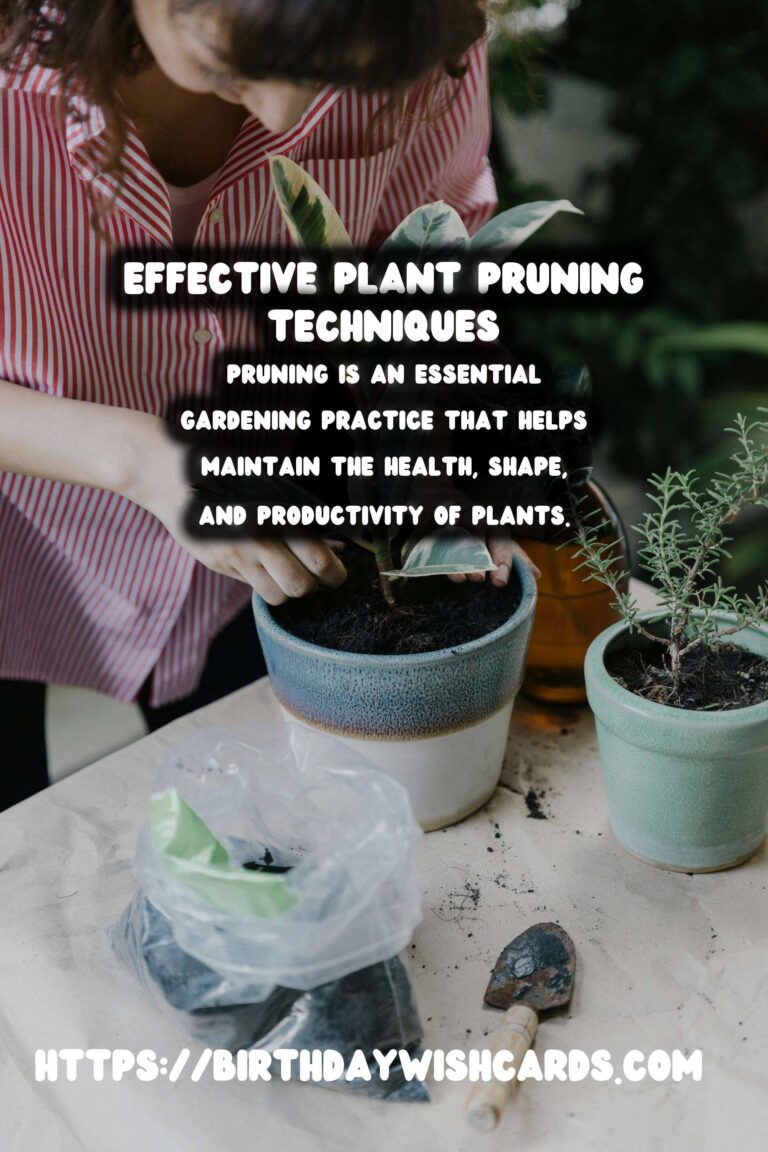
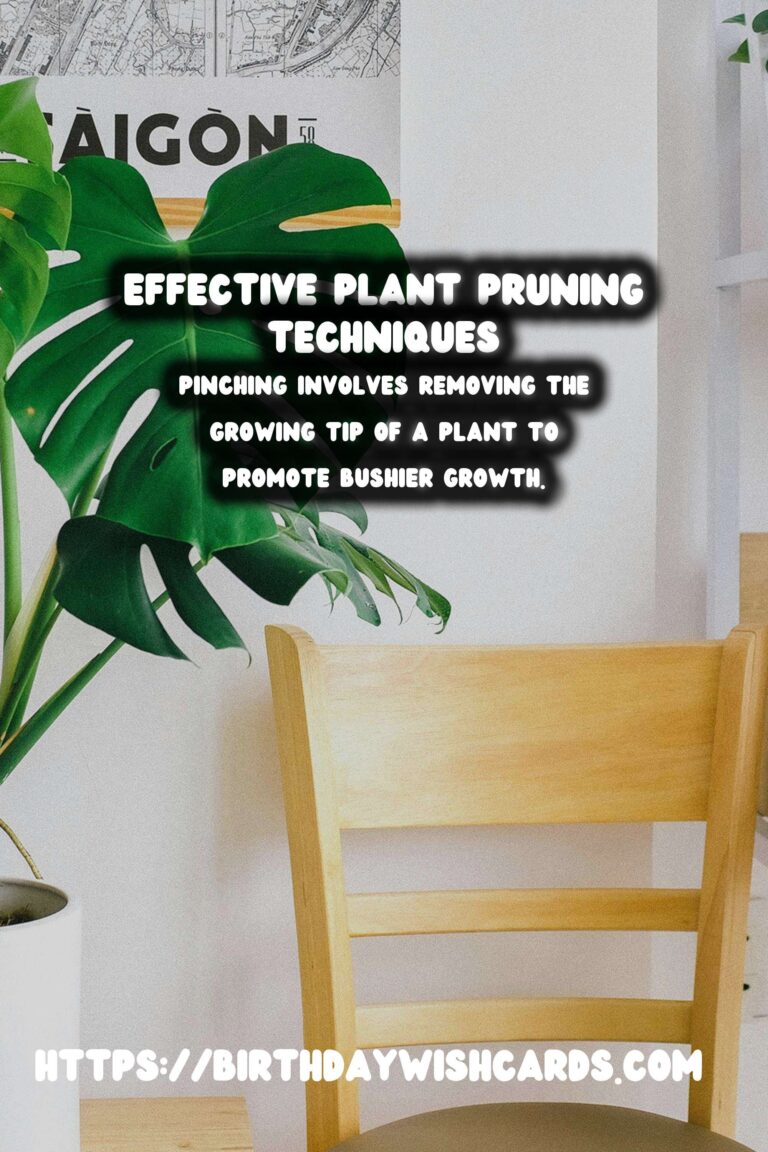
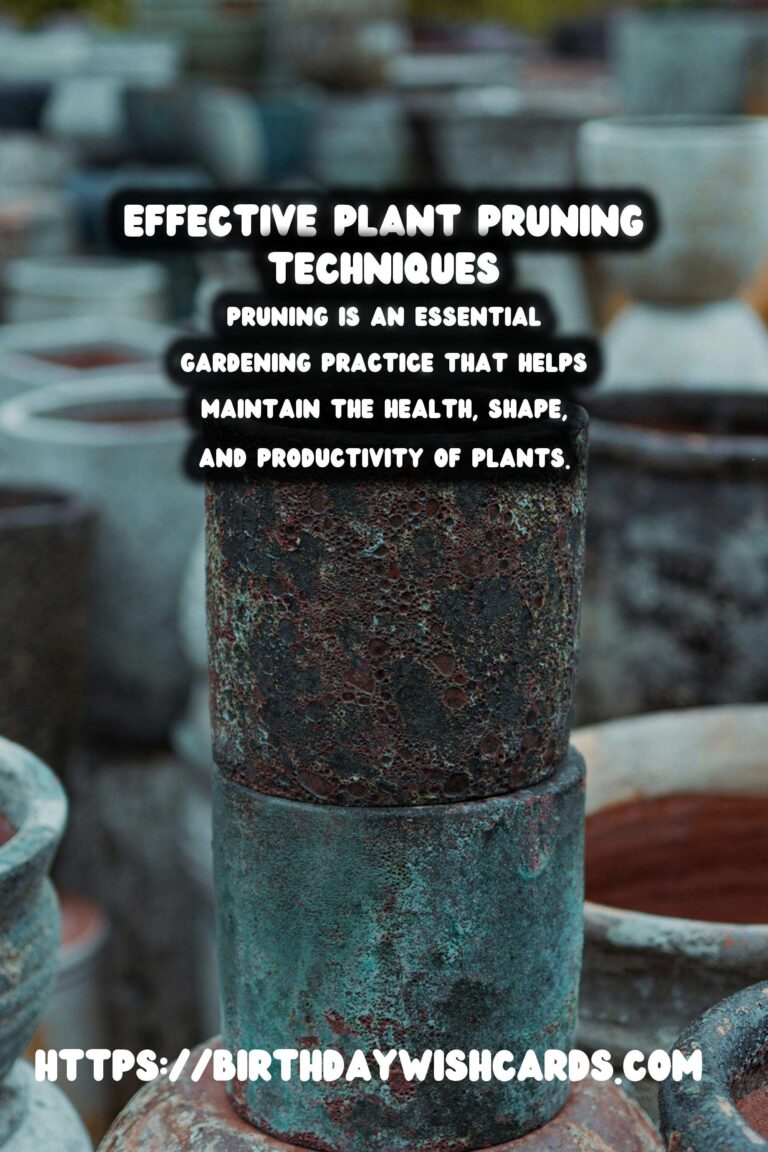
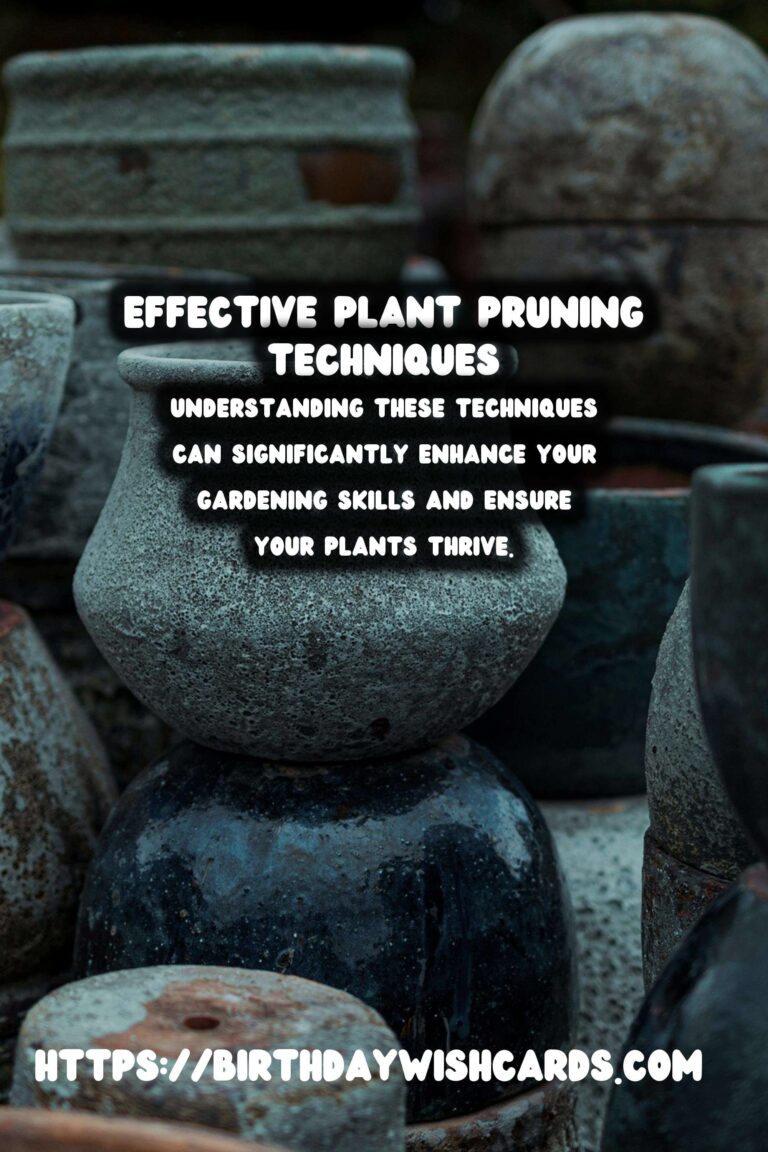
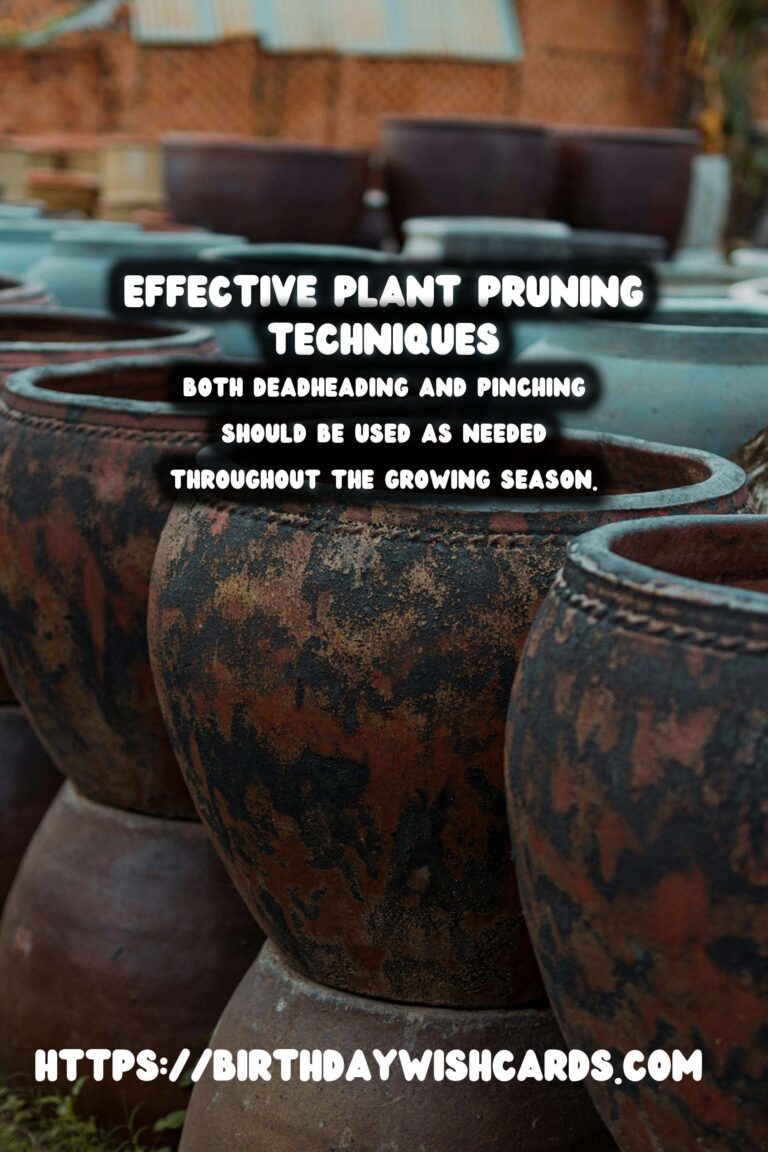
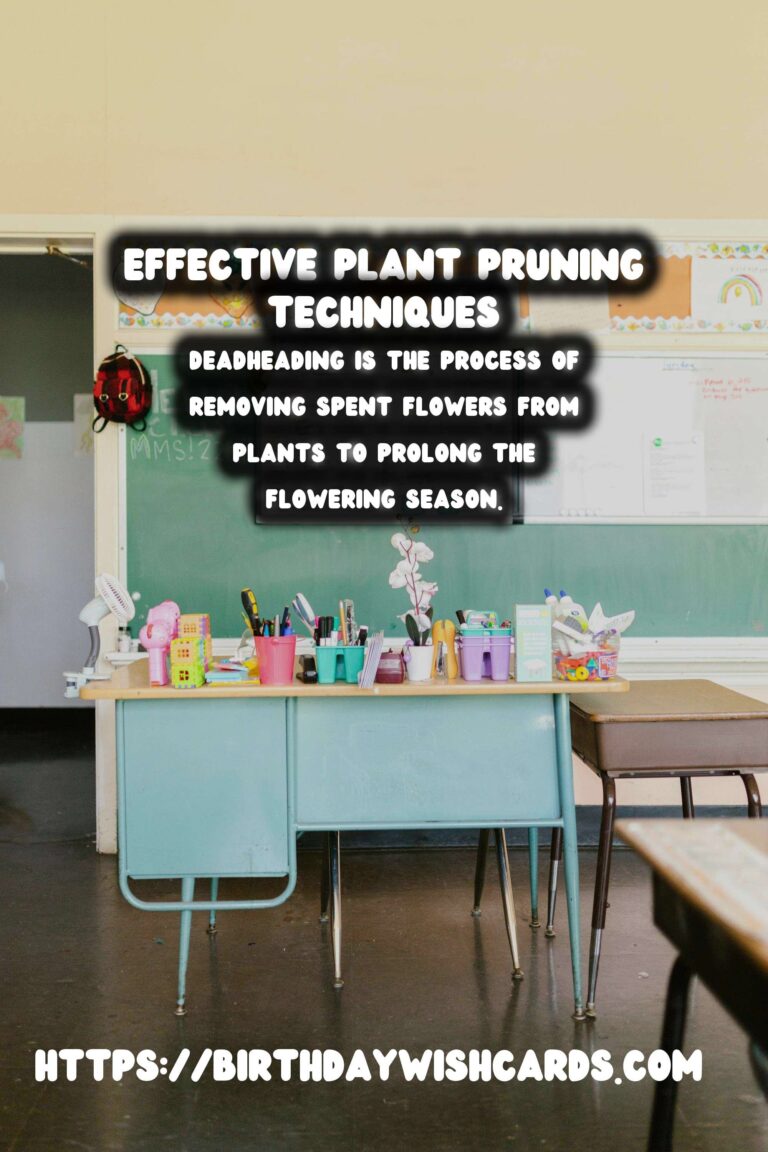
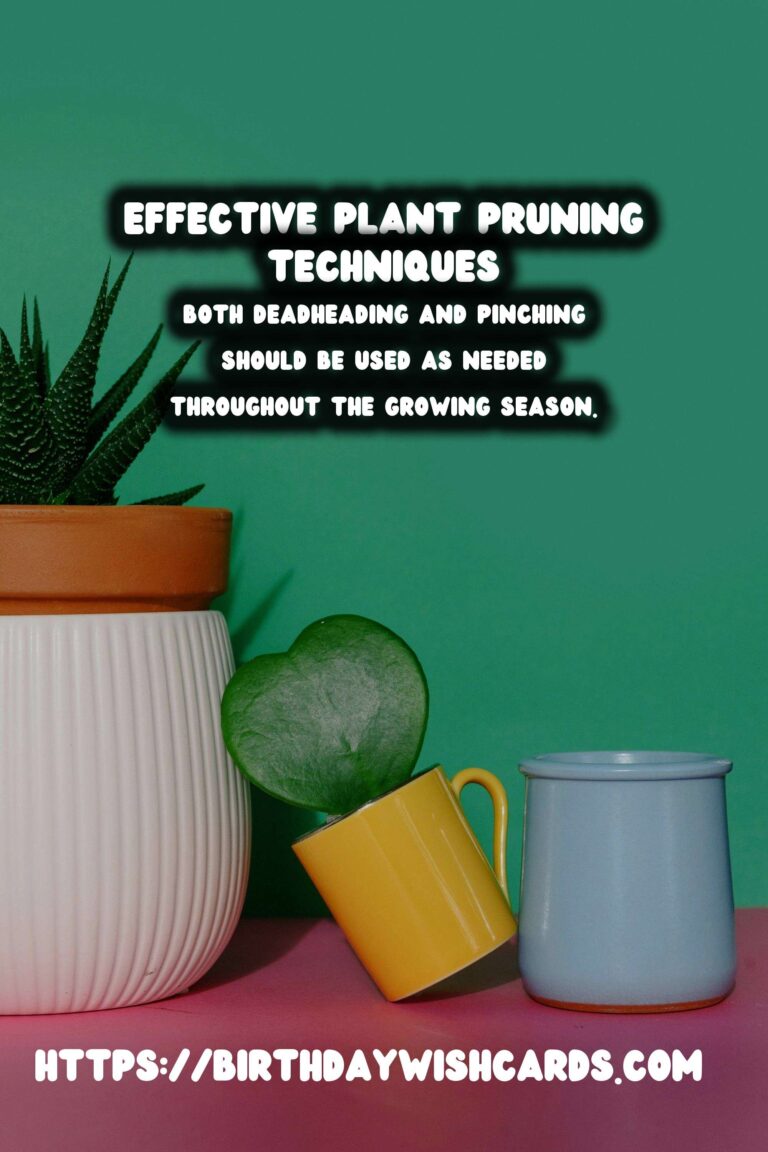
#Gardening #PlantCare #Pruning #Deadheading #Pinching




